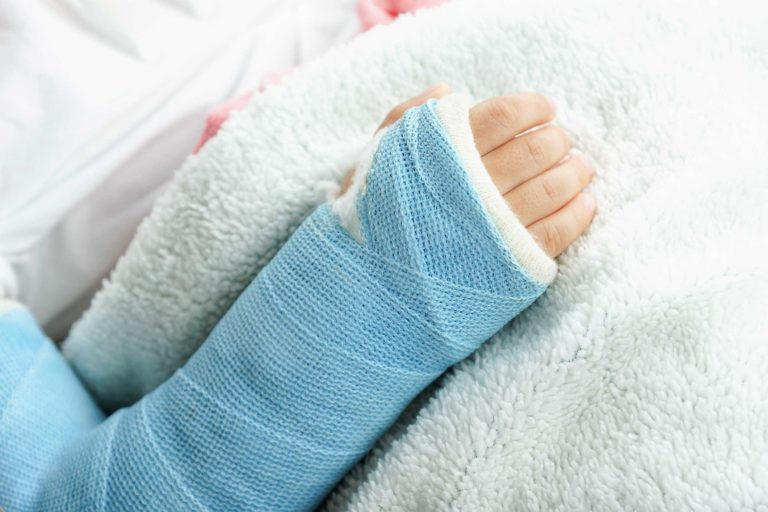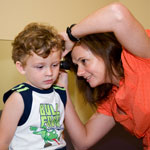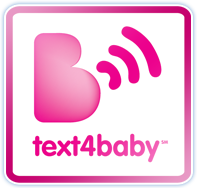
A broken bone can be scary for both parents and children the first time it occurs. However, broken bones are common childhood injuries, and the good news is that they heal much faster than broken bones in adults. Partial or complete breaks can happen to any bone in the body. While some can be difficult to detect without an x-ray, nearly all can be painful. As a result, you’ll want to be able to address the injury as soon as possible.
Here is what you need to know to help your child in the case of a broken bone.
Clear the Area
Clearing the area of other people and kids, traffic, and more is key in assessing a broken bone. Securing the environment around the injured child, so no further injury occurs is vital in the case of any medical emergency.
Keep the Child Still
If a child is injured from a fall, crash, or sports injury, do your best to encourage them to sit or lie down and hold still. If you suspect a broken bone, the best thing to do is to hold it still to prevent it from causing further damage until it can be assessed by a medical professional.
Keep Calm
Keeping calm in the event of a broken bone in a child is one of the most important things you can do to help them. The child will see you being calm and may feel less likely to panic. Check the suspected broken bone by gently touching and feeling for a break under the skin. If touch is tolerated, then proceed with checking for mobility.
Check Mobility
If the child is verbal, ask to see if they can move the body part at all. If they can move it, but it hurts to do so, then it’s time to go to a medical provider for an x-ray. Be sure the child does not move the bone in question any further in the process.
If the child is not verbal or is under two years old, then use your best judgment to assess the severity of the injury.
- Did anyone hear a crunch, grinding, or snap when the injury occurred?
- Can you see markings of a bruise, swelling, malformation, or any bleeding?
- Is the child crying as the result of the injury?
- Can the child put any weight on the suspected broken bone or move it?
- Can the child tolerate you gently touching it?
Seeking Treatment
If you believe your child has suffered a broken bone, it’s important to seek medical treatment quickly. A doctor will be able to examine the break and take x-rays to determine the extent of the injury. A cast or split will be used with minor fractures to keep the bone in place as it heals. For more serious breaks, an orthopedic surgeon may have to realign the bones.
Follow Up Treatment
Once in a cast, if a child has increased pain or blue fingers or toes it might mean the cast is too tight, so contact your physician. You should also let the doctor know if the cast becomes loose or gets wet. New x-rays may be taken periodically to be sure the bone is healing properly.
Be sure to talk with your doctor if you have any concerns during the recovery process.
The information and content on our website should not be used as a substitute for medical treatment or advice from your doctor.




